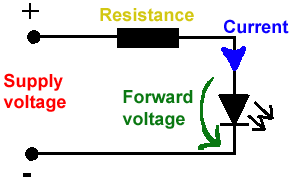Bobin Hesaplama Programı
Bob Stein`in Hazırladığı kurulum gerektirmeyen indiktör ve filtre Hepaplama Programı.Programı Kullanmak
için micro2003b.exe dosyasını çalıştırın
bobin_hesaplama_programi.rar
INDUCTANCE CALCULATOR
5 – Length of a straight strap for a specified inductance
6 – Inductance of a transmission-line section
7 – Length of transmission line for a specified inductance
8 – Inductance of a wire parallel to and grounded to a ground plane
9 – Length of wire parallel to ground plane for a specified inductance
10 – Inductance of a straight wire
11 – Length of a straight wire for a specified inductance
12 – Inductance of a multi-layer rectangular coil
13 – Inductance of a multi-layer circular coil
14 – Turns in a multi-layer bobbin-wound coil for a specified inductance




Hiç yorum yok:
Yorum Gönder